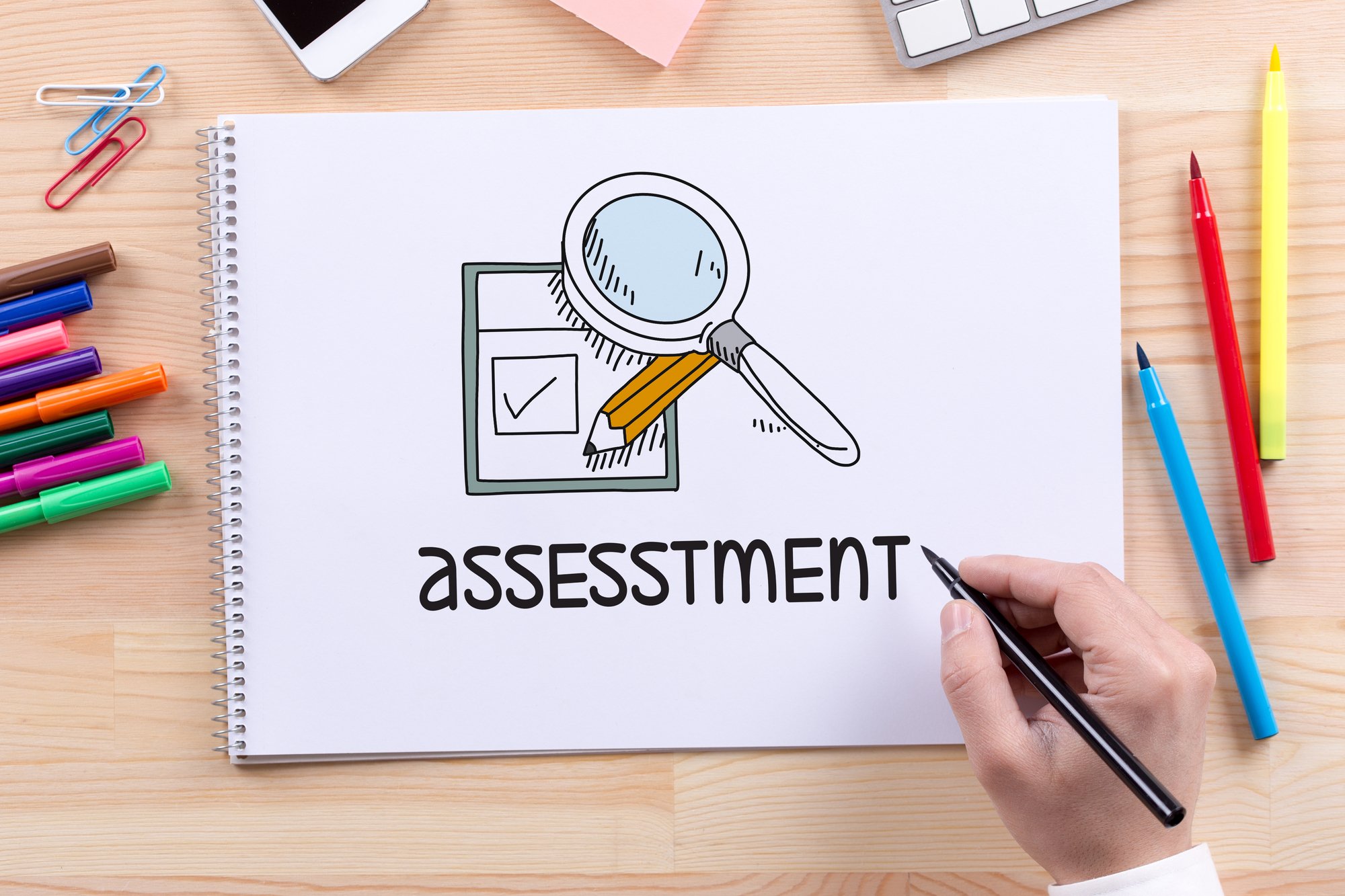
A content audit can help you determine the performance of your website’s content and how you can improve upon it. A content audit is more than just reading through your website’s content. For an effective content audit, you’ll need to rely on some online tools to help get the data you need. If you think it’s time for a content audit, keep reading to find out what you’ll need and how to perform one.
Determine Your Goals
Before you do anything, ask yourself what you hope to get out of your content audit. You might want to improve the SEO on your website, figure out how to increase performance, or just come to a better understanding of how specific audiences respond to different types of content. It’s important to take this time to determine what you want to accomplish during your content audit so that you can better structure your efforts going forward.
Create a List of Your Content
You’ll want to make a comprehensive list of all the content you have. This includes blogs, landing pages, videos, podcasts, or anything else you’ve created as part of your content marketing that’s still live on your website. The best way to do this is in a spreadsheet with fields and categories to organize the content such as:
- All metrics you want to track in relation to each piece (page views, downloads, conversations, email signups, social shares)
- Content format
- Primary topic
- Target keywords
- The audience it was meant for
- Whether a CTA was included
Review the Analytics
After you’ve made your spreadsheet inventory of content, you’ll want to see how it’s performing. Tools such as Google Analytics or HubSpot can give you all the information you need, as this can give you valuable insight as to how people feel about your content. Any metric that tells you something about the success of a piece of content - especially that relates to any goals you established earlier - should be included in the spreadsheet.
Examine Your Data
The data you collect will make it easier for you to figure out what to do next. You’ll be able to start breaking down your content into a few main categories:
Content that performs well now
Content that performs shouldn’t just be left alone, find out ways to make it better. Promote it more, figure out ways to repurpose it, see if there are ideas within the content that can be turned into new topics. When you have something that works, use it as inspiration to make more good content.
Content that isn’t doing great, but has potential
Perform an analysis on why these pieces aren’t doing well. Sometimes it’s as simple as a bad title or outdated information. They may need to be more focused on a target keyword or be updated with more accurate information.
Content that isn’t getting any attention or result
It might seem wasteful to remove content someone worked hard on, but if it’s hurting you rather than helping you, decide what content should be discarded entirely. If you feel there’s potential for pieces to be improved upon, make a category for “potential content” and work on making changes to them.
Finally, figure out what the necessary steps are going forward and how you’ll go about making them. If you have a lot of changes that need to be made, figure out which ones are priority and which ones can be fixed over time. Work up realistic deadlines to ensure you make the necessary changes so all your hard work doesn’t go to waste.

